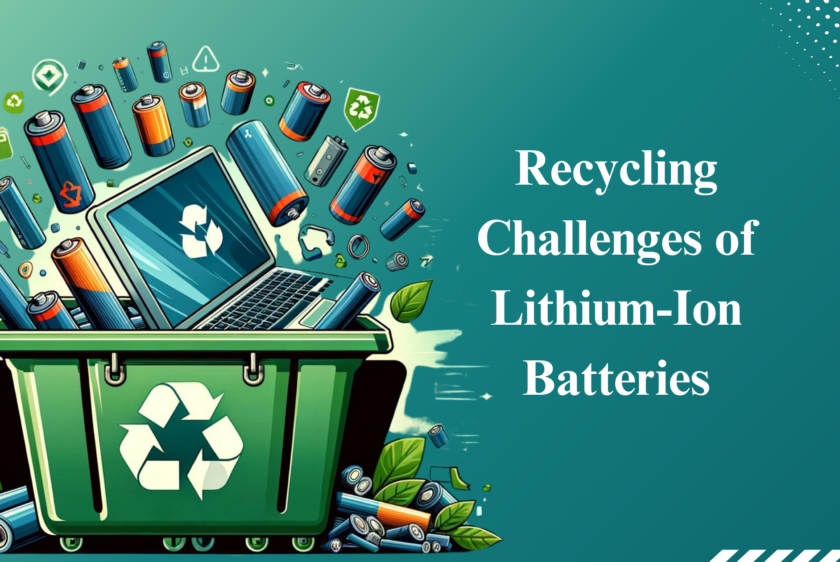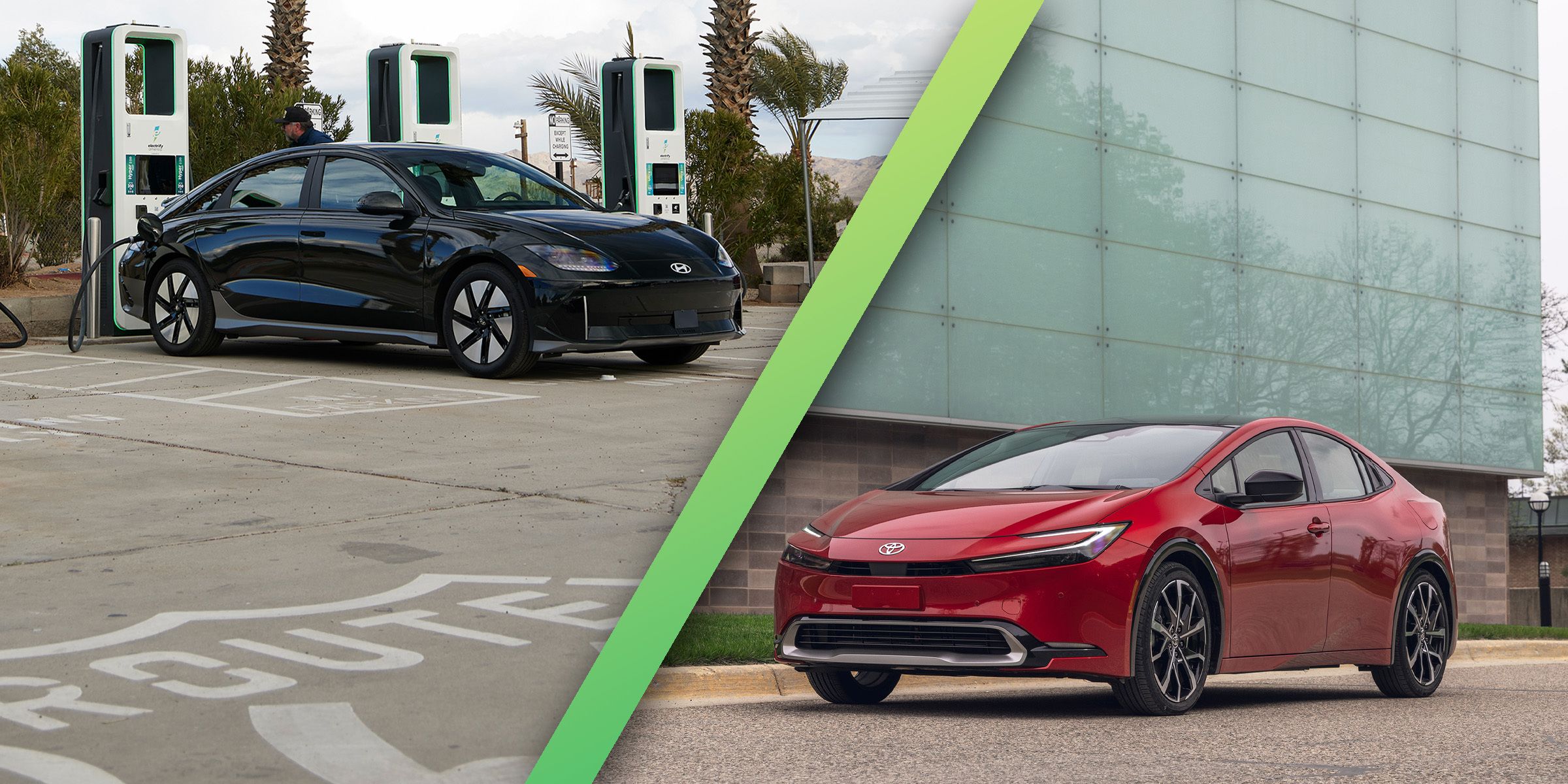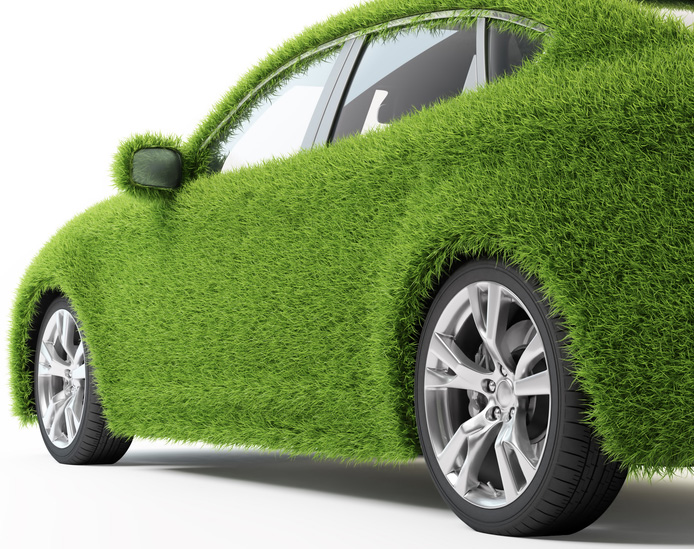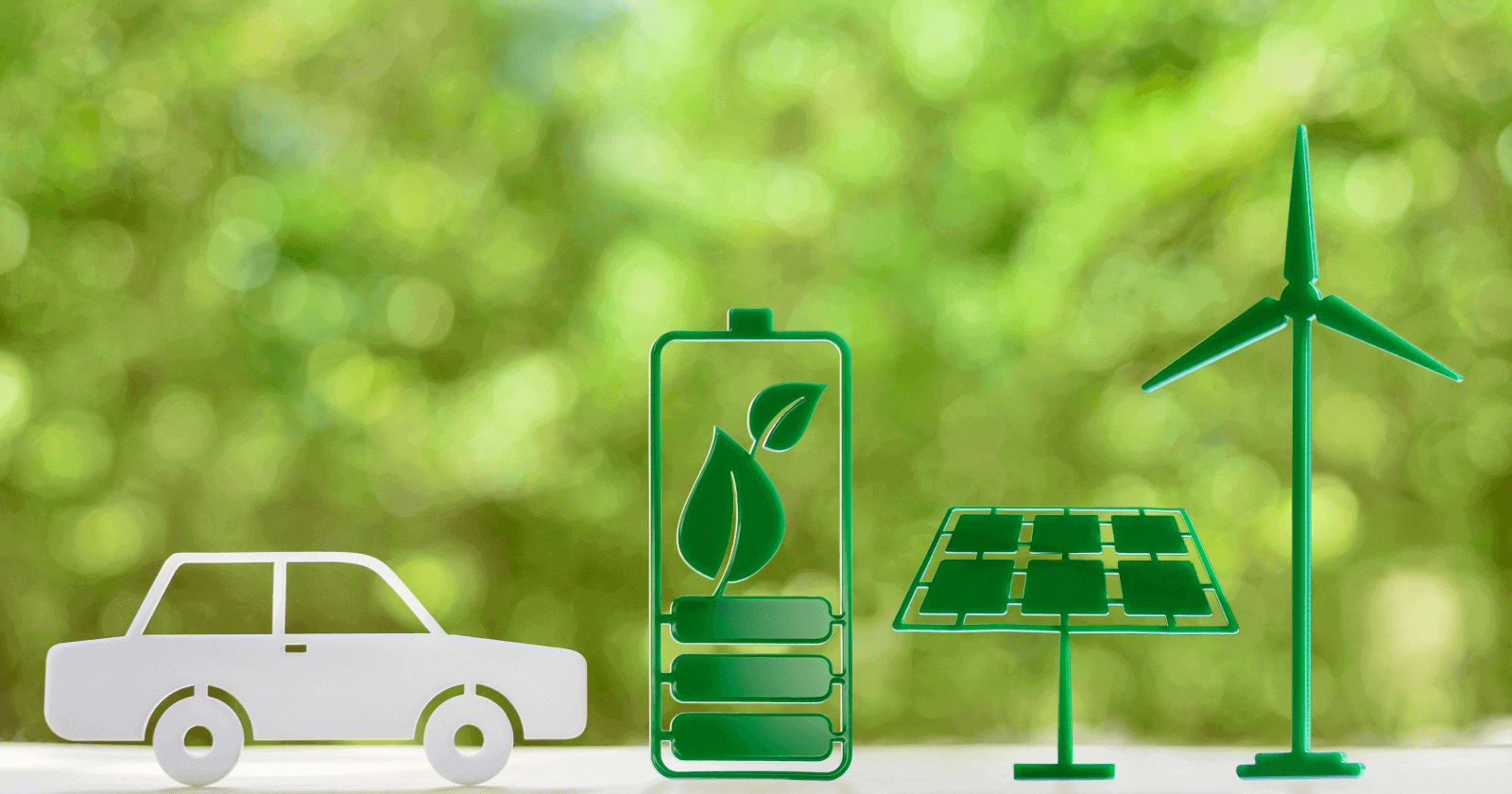Hybrid cars have become a symbol of environmental consciousness, offering a middle ground between traditional gasoline vehicles and fully electric cars. Promising reduced emissions and improved fuel efficiency, hybrids are often marketed as eco-friendly alternatives. But are they as green as advertised?
This article explores the environmental impact of hybrid vehicles, from their production and use to their disposal. By understanding their benefits and drawbacks, you can make an informed decision about whether hybrids align with your environmental values and driving needs.
1. Production and Resource Use: A Mixed Bag
Manufacturing hybrid cars requires more resources than traditional gasoline-powered vehicles due to the complexity of their design and additional components like batteries.
- Battery Production: Hybrid vehicles rely on lithium-ion or nickel-metal hydride batteries, which demand mining rare earth elements. Mining these materials has environmental consequences, including habitat destruction and water pollution.

- Energy-Intensive Manufacturing: The dual powertrain system in hybrids (combining a combustion engine with an electric motor) increases energy consumption during production.
- Offsetting the Initial Impact: While production has a higher environmental cost, the reduced emissions during operation can offset this over time, depending on the vehicle’s mileage and usage patterns.
Despite the resource-heavy production, hybrids present a long-term opportunity to minimize overall environmental harm.
2. Operational Emissions: A Step Forward
Hybrid cars significantly reduce tailpipe emissions compared to traditional vehicles, particularly in urban settings where stop-and-go traffic prevails.
- Lower Fuel Consumption: By alternating between electric and gasoline power, hybrids achieve remarkable fuel efficiency, leading to fewer greenhouse gas emissions.

- City Driving Advantage: Regenerative braking systems allow hybrids to recover energy during braking, making them ideal for urban commutes.
- Comparative Emissions: According to studies, hybrids produce 25-30% fewer carbon dioxide emissions than conventional cars, although not as low as fully electric vehicles.
For drivers who cannot fully transition to electric vehicles, hybrids offer a viable way to reduce their carbon footprint.
3. End-of-Life Challenges: Recycling and Disposal
While hybrids are eco-friendly during their operational lifespan, concerns arise when it comes to battery disposal and recycling.
- Battery Recycling Complexity: Hybrid batteries contain hazardous materials that require specialized recycling processes. If not handled properly, these materials can contaminate soil and water.

- Progress in Recycling: Advances in technology are improving the efficiency of battery recycling, reducing environmental risks associated with disposal.
- Manufacturer Responsibility: Many automakers are implementing take-back programs and investing in sustainable end-of-life solutions to minimize environmental harm.
A strong recycling infrastructure is crucial to ensure that the environmental benefits of hybrids are not undermined at the disposal stage.
4. Hybrid Cars vs. Alternatives: A Balanced View
Comparing hybrids to fully electric vehicles and traditional gasoline cars offers a clearer perspective on their environmental credentials.
- Hybrids vs. Gasoline Cars: Hybrids offer significantly lower emissions and better fuel economy, making them a greener choice for the average driver.

- Hybrids vs. Electric Vehicles: While hybrids are less eco-friendly than EVs, they are more accessible due to their extended range and reliance on existing infrastructure.
- Life Cycle Assessment: Studies show that hybrids strike a balance between performance and environmental impact, especially in regions where EV charging relies on fossil fuels.
Hybrids serve as a transitional technology, bridging the gap between internal combustion engines and a fully electrified future.
5. Driving Towards Sustainability: The Path Forward
As the automotive industry evolves, the environmental impact of hybrid vehicles continues to improve.
- Technological Advancements: Innovations in battery design and sustainable materials are reducing the environmental cost of hybrid production.
- Policy Support: Governments worldwide are incentivizing hybrid and electric vehicle adoption, accelerating the shift towards greener transportation.
- Consumer Awareness: Educating consumers about eco-friendly driving practices can further enhance the positive impact of hybrids.

The future of hybrid cars depends on continued collaboration between automakers, policymakers, and consumers to achieve greater sustainability.
Conclusion
Hybrid vehicles represent a significant step towards reducing the environmental impact of transportation. While they are not entirely green, their benefits in terms of fuel efficiency and lower emissions make them a compelling choice for eco-conscious drivers. By addressing challenges in production and disposal, hybrids can become even more sustainable in the years to come.
What’s your take on hybrid cars? Do you think they are a sustainable solution or just a stepping stone? Share your thoughts in the comments, and explore more articles on our website for insights into the latest automotive trends and eco-friendly driving solutions. Let’s drive towards a cleaner, greener future together!

Leave a Reply